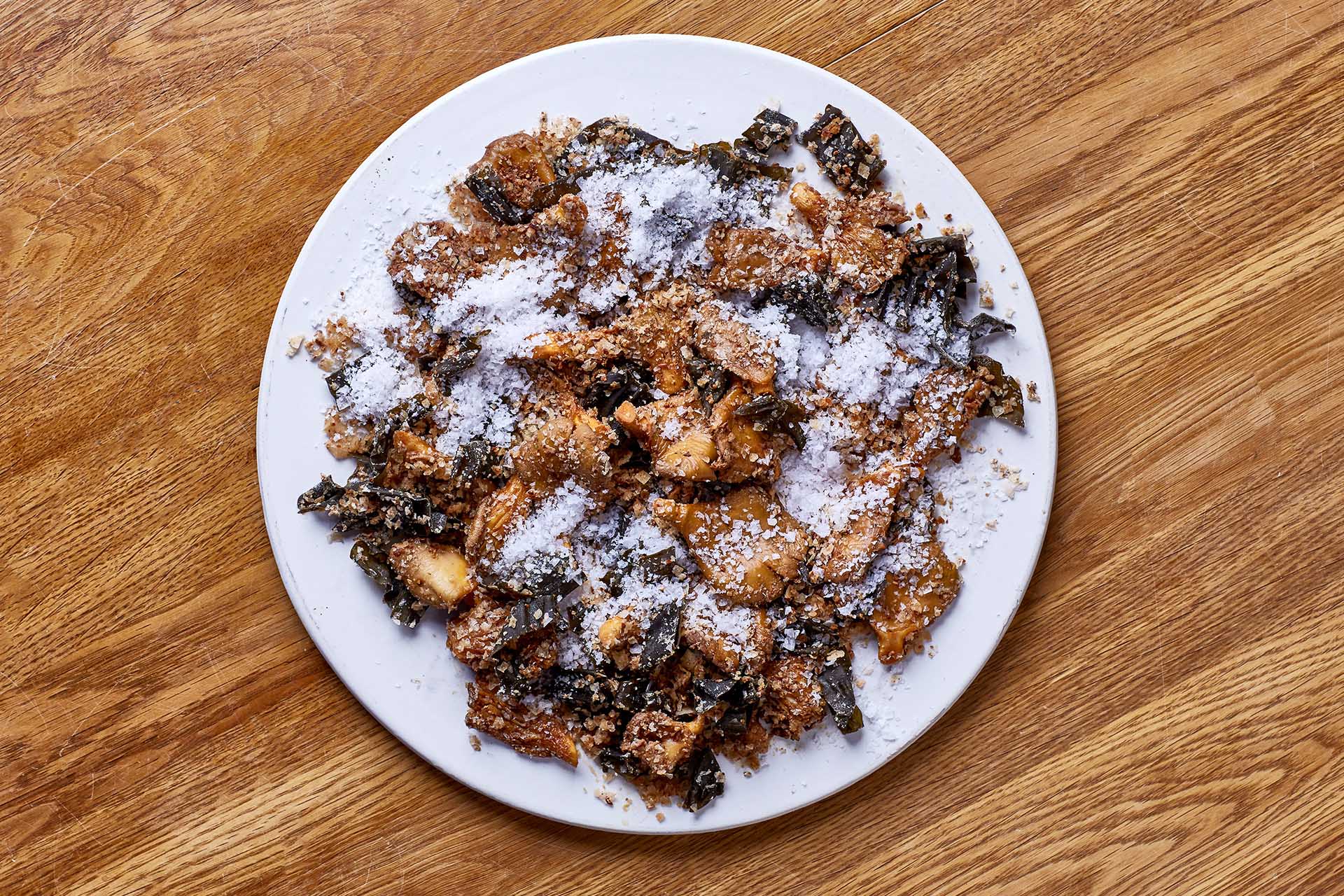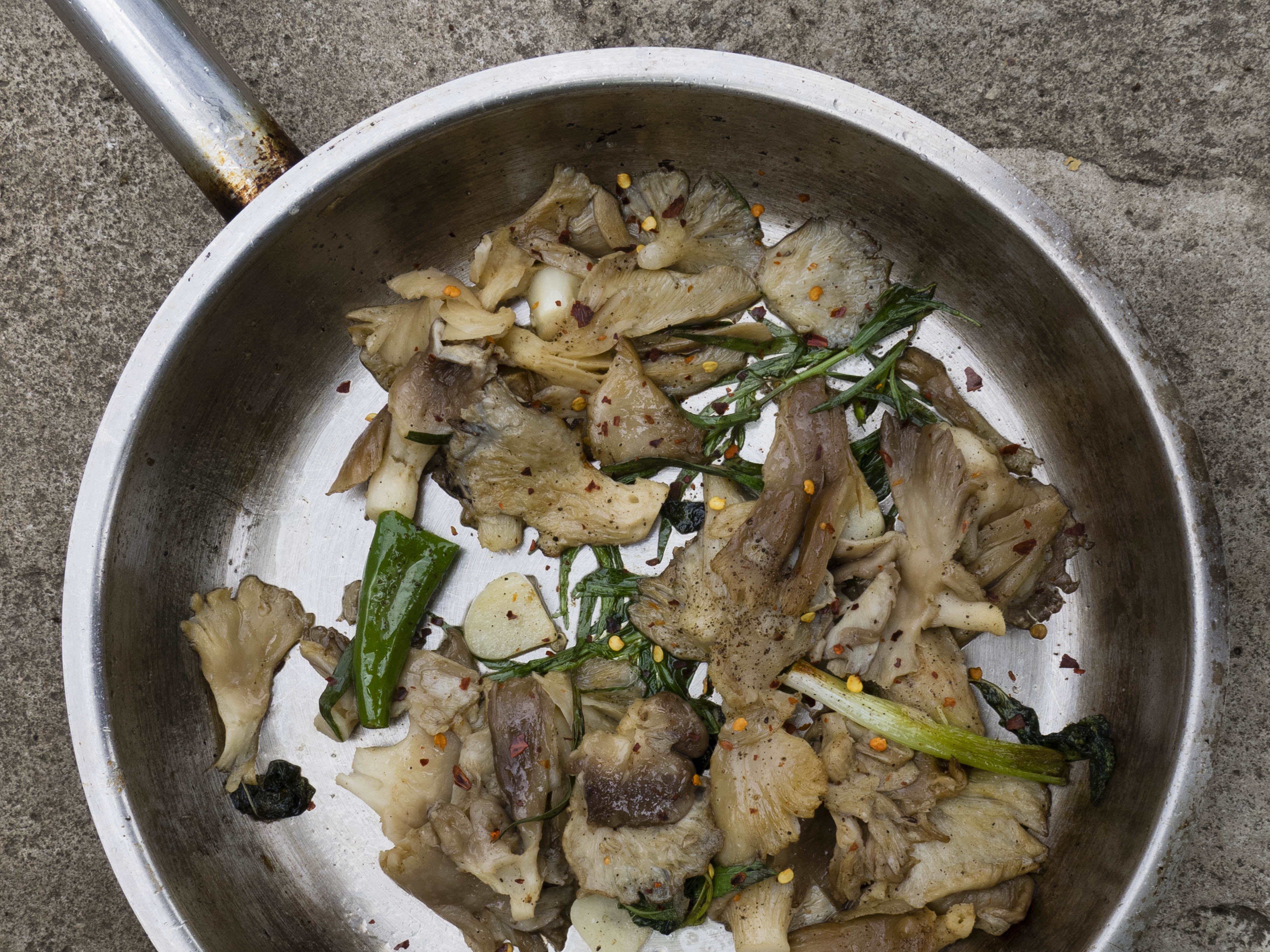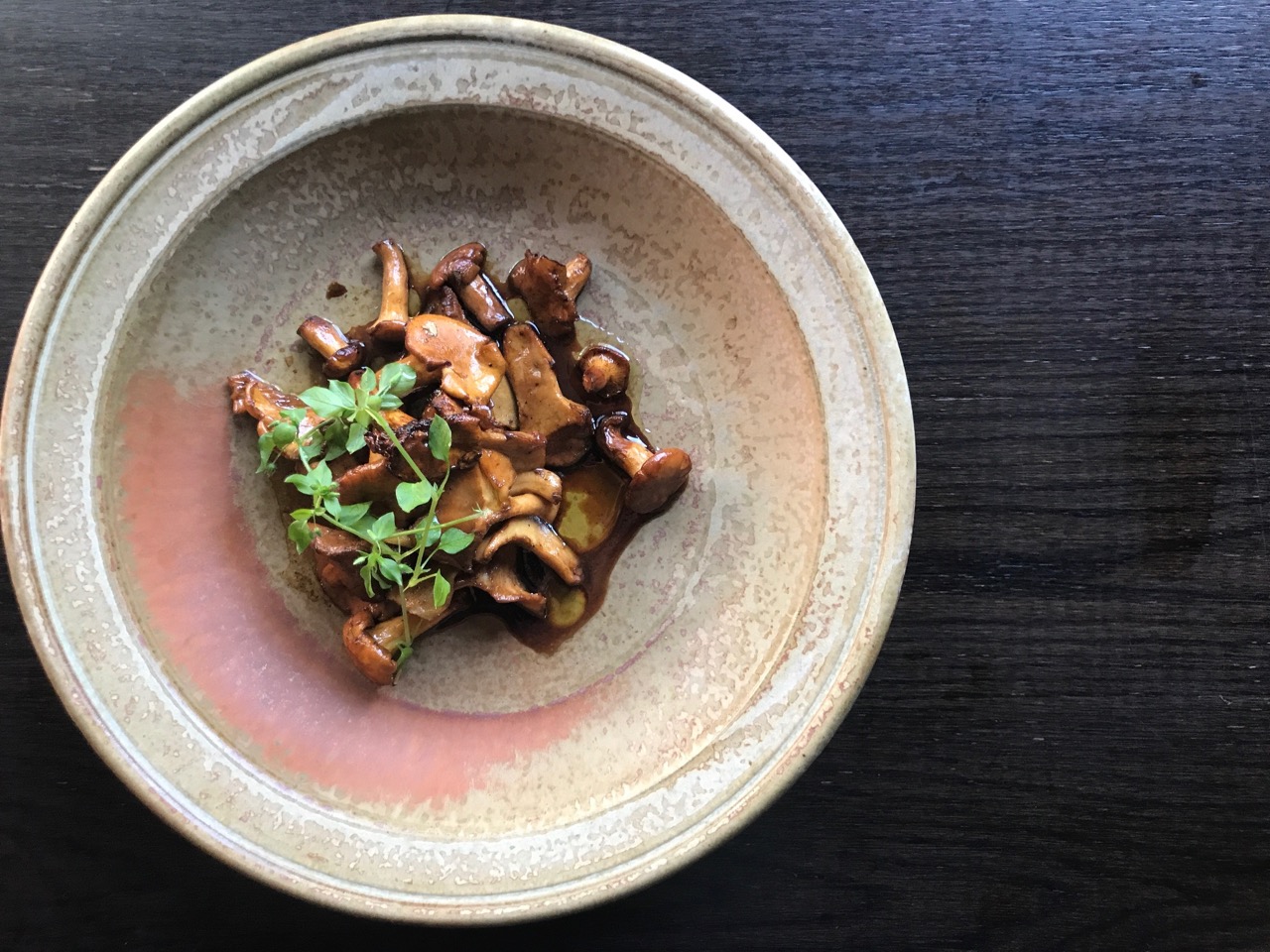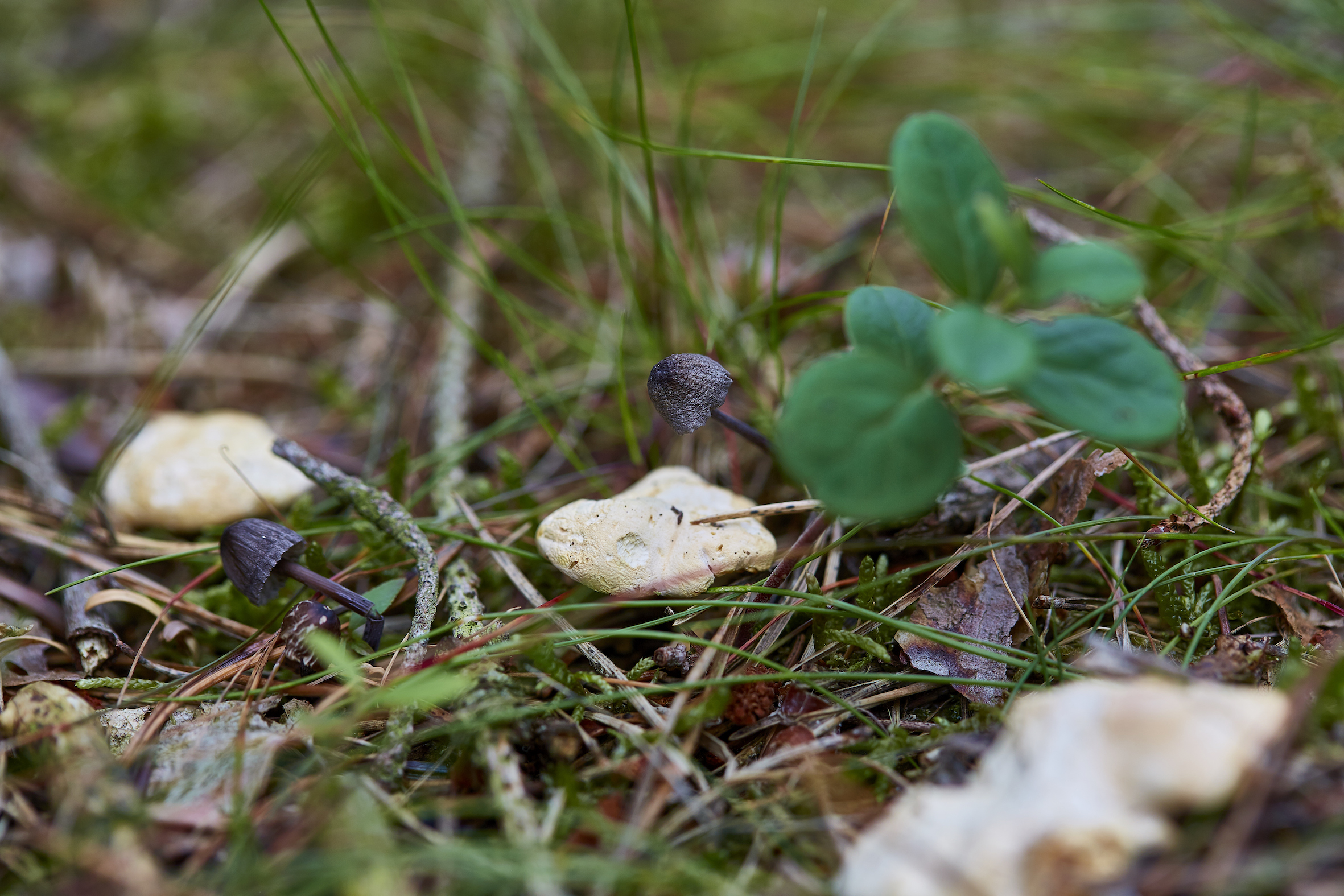
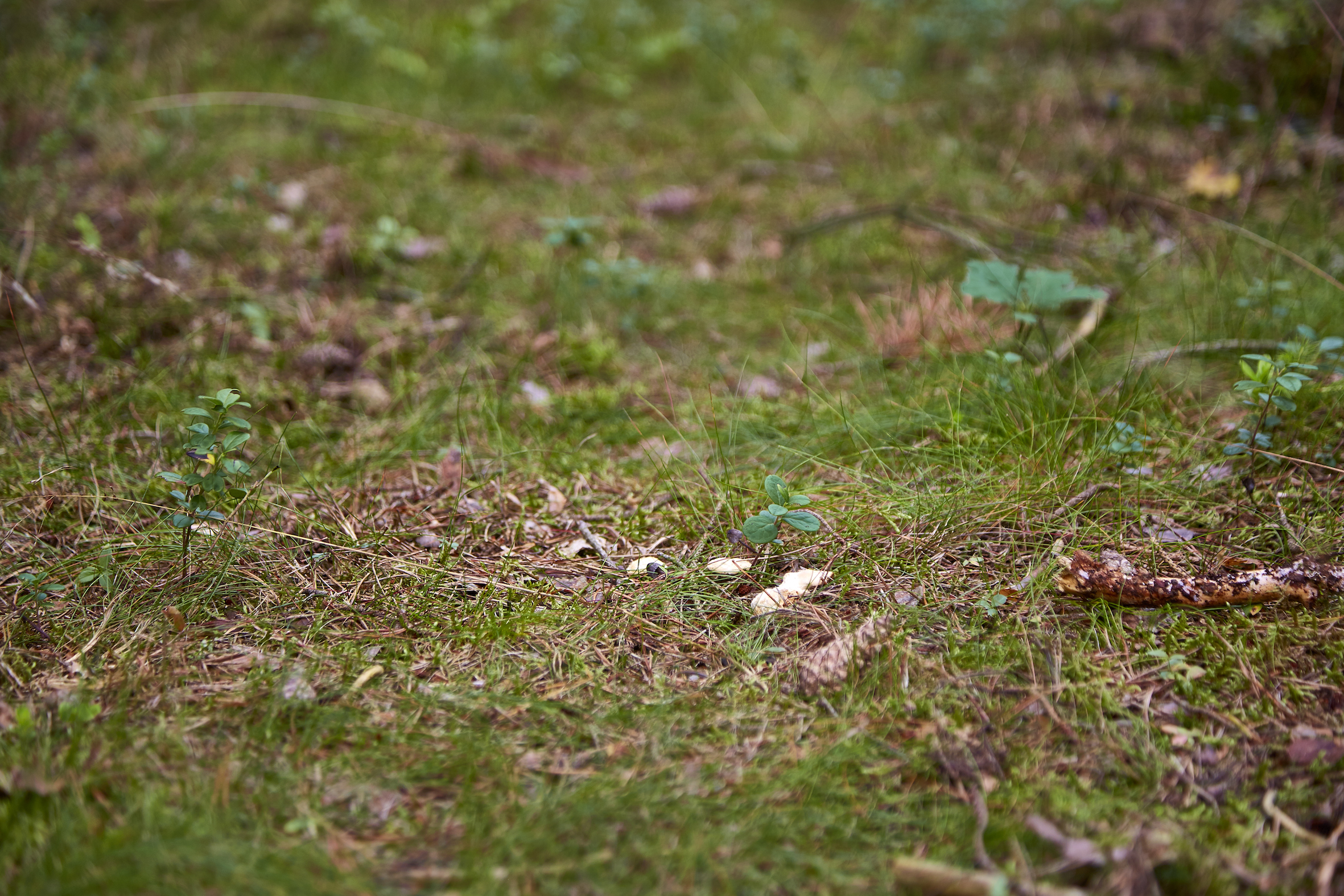
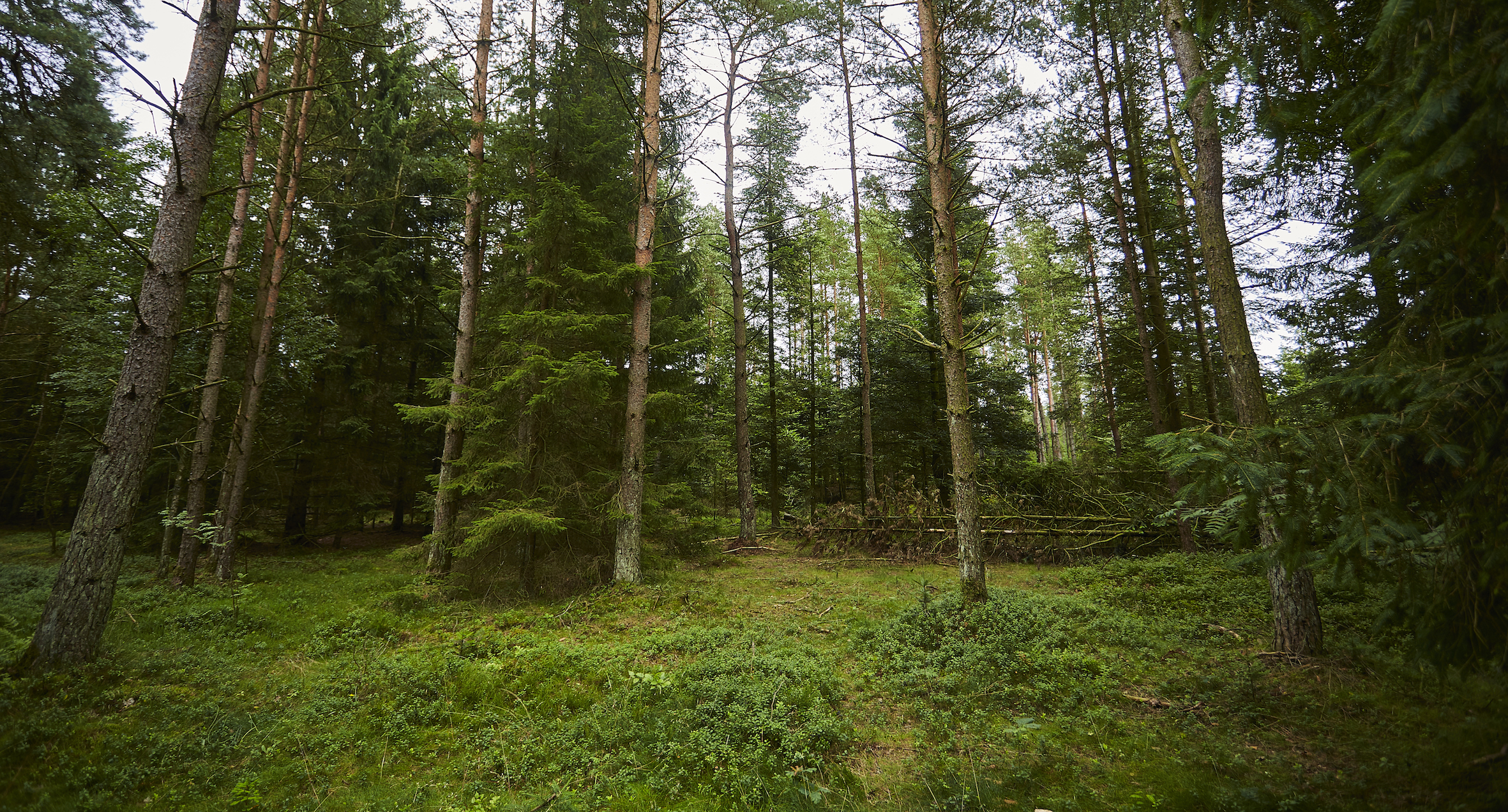
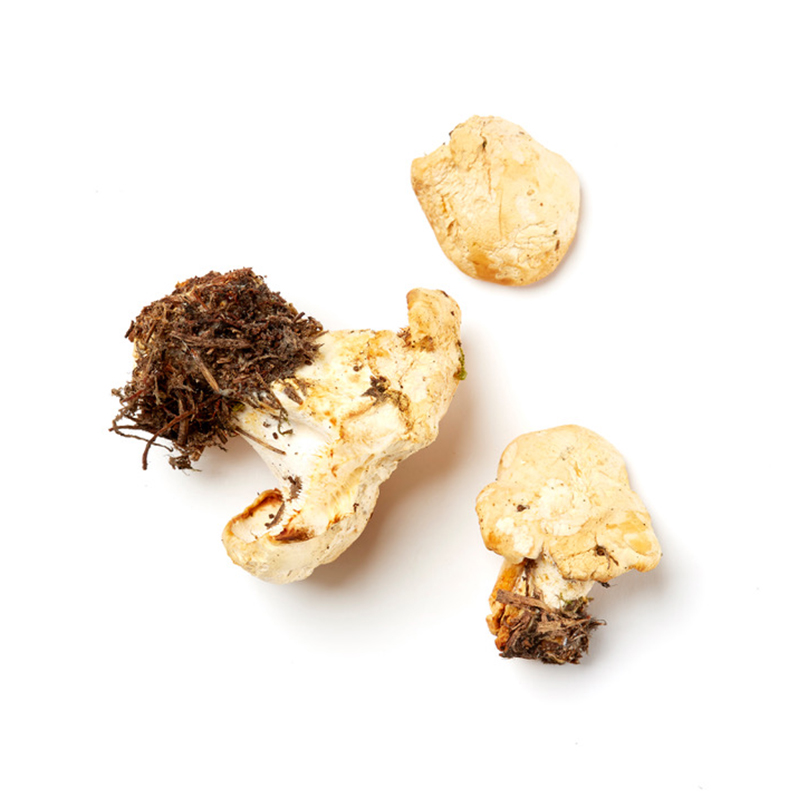
Hedgehog mushroom
Hedgehog mushrooms are common but prized, often as a substitute for chanterelles. They can be found in large numbers, they taste great, and they're very easy to recognize.
-
Where to Find It
You'll find hedgehog mushrooms in deciduous and coniferous forests where they often grow in small to medium-sized groups on the forest floor.
Deciduous forests, coniferous forests.
-
When to Find It
They usually fruit in October, but you may spot the very first hedgehog mushrooms as early as July or August.
Entire mushroom: July, August, September, October, November.
-
How to Spot It
Hedgehog mushrooms can grow up to eight cm tall and have caps that spread up to 15 cm in diameter, with irregularly shaped edges. On young mushrooms, the caps are rounded, but later flatten and form a depression in the center like a belly button. Their color is generally off-white or cream, but can change to an orange-brown. The stem is a bit lighter than the cap and grows up to a couple centimeters thick. The defining characteristic of hedgehog mushrooms is the underside of their caps, which don't have pores, ribs, or gills, but tiny spikes that hang down like icicles. The spikes can be up to a cm long and half a mm in diameter.
-
How to Pick It
Choose the smaller, freshest specimens, as these won’t have have developed too much bitterness. Cut off the mushroom one centimeter above the ground and dust off the dirt with a small brush. Snails and worms are known to attack hedgehog mushrooms, so check the cut to see if it was attacked by vermin, or if the flesh is even. Worms often attack only the stem and the middle part of the cap.
Risk of misidentifying the plant
There is no risk of mistaking the plant for another dangerous or undesirable plant. Hedgehog mushrooms may, however, be confused with the terracotta hedgehog, which has a somewhat milder flavor than the hedgehog mushroom, and is more orange in color.


